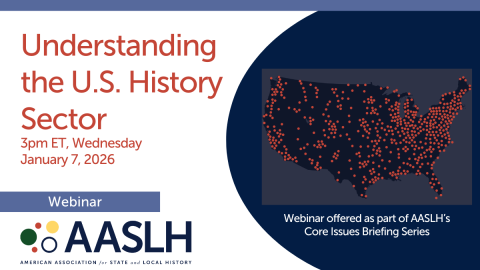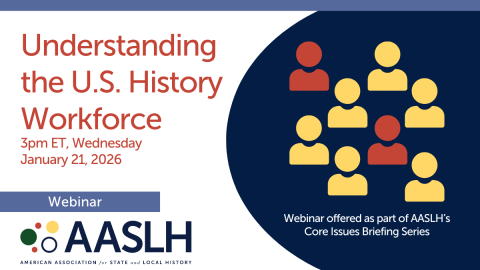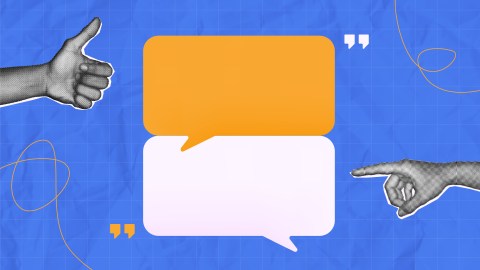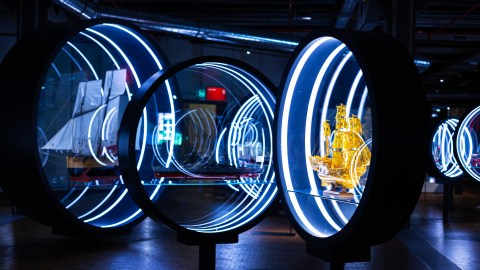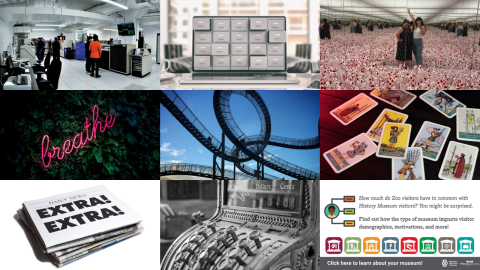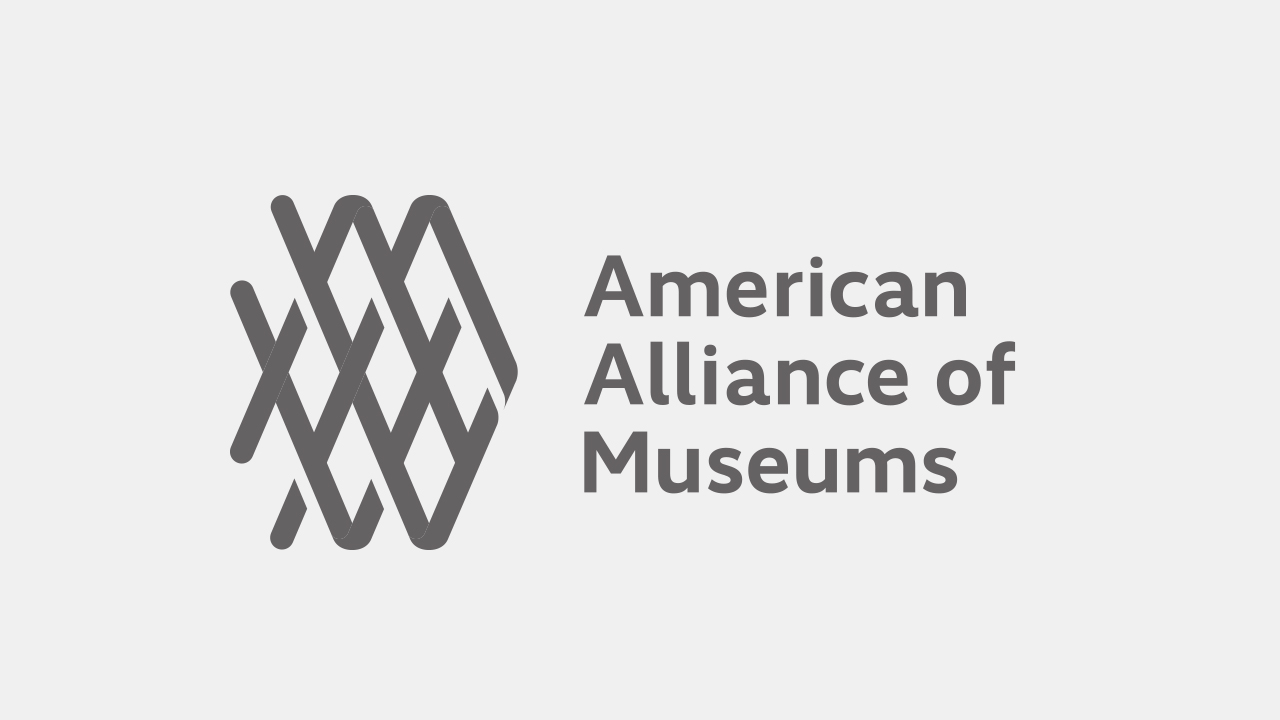
This article originally appeared in the November/December 2021 issue of Museum magazine, a benefit of AAM membership.
The need for a human-centered approach to museum practice has never been more urgent.
My own passion for change in museums comes from a place of love that has grown over the past two decades through countless experiences of togetherness, connection, pain, sharing, learning, and healing—both within and outside the walls of these institutions. I’ve worked with museum professionals and community leaders to advance a more human-centered approach and push institutions beyond being just a collection of objects. I’ve seen museums be places where people learn from each other, see their lives from a completely new perspective, and come together to heal.
Museums all across the country are working to be agents of positive change in their local communities and beyond. It is essential to recognize that becoming an agent of change does not happen because of a single program or social media post, and it certainly does not happen with just one person. The transformation happening right now at so many museums is the result of the passionate dedication of staff across departments as well as rapidly growing networks of community partners.
This work involves an enormous amount of listening, developing trust, and building relationships—both within a museum as well as with audiences and communities. It involves growing a community of change and advocacy from within and embracing a human-centered mindset in everything an institution does.
As common sense and straightforward as it sounds to think about museums as people- and human-centered institutions, this idea has faced a legacy of rather fierce opposition grounded in outdated traditions and histories. For example, consider the following questions:
- How many museums still have mission statements that prioritize collecting and preserving objects rather than forefronting the people-centered work of building community, growing empathy and understanding, celebrating human creativity, and cultivating engaged citizenship?
- How often do museum leaders and boards make decisions that value objects and collections over staff, volunteers, and museum visitors? (We have certainly seen this happen during the pandemic through targeted budget cuts and staff layoffs.)
- What if those in positions of power and authority considered human relationships and human impact first and foremost when making decisions about exhibitions, interpretation, programs, facilities, policies, and practices?
- What if the core values of an institution reflected the core values held by its staff?
- As the US continues to grapple with the pandemic and social injustice, the need for a human-centered approach to museums has never been more urgent.
Becoming More Human-Centered
At its foundation, being a more human-centered museum involves shaping and productively debating a set of core values that reflect a commitment to equity, justice, and human rights. When we put people first—above collections, above endowments, above budget spreadsheets—we are making a commitment to advance compassion, care, human potential, and collective well-being as integral elements to our institution’s values and culture.
This process begins with each of us, as individuals, taking the time to look inward and engage in a deeper form of self-inquiry. What matters most to us? What are the ideas and people that have shaped our core values? How are these values reflected in the work we do within our institution?
Through facilitating workshops and talking with museum leaders during the past year, I have learned how common it is for people to skip this step. We’re so anxious to jump into the work of making change happen that we don’t take the necessary time to understand who we are, where our beliefs come from, and what is motivating our desire for change.
Community organizer and activist Grace Lee Boggs wonderfully wrote, “Transform yourself to transform the world.” So the first step may be recognizing the change we need to make within ourselves. Our own life and work can be the first place we start practicing a more human-centered approach.
In his book Moving Icebergs: Leading People to Lasting Change, Steve Patty argues that in order to create lasting change within an organization, we need to dive below the surface to engage our deeper values and beliefs. “Every organization,” he writes, “needs to hold candid conversations about values and beliefs, purpose and meaning.” Too often, the institutional culture of museums—as well as that of many nonprofits, businesses, and corporations—undervalues these more personal conversations and the vulnerability required to connect with each other in deeply human ways. We avoid talking with each other about our personal core values because it’s “too personal” and best left to private reflection outside the workplace.
Being a more human-centered museum, however, means creating an environment where we can all be more human with each other, understand each others’ beliefs and convictions, build trust, and treat each other with care, respect, and dignity (especially in the face of crisis). This requires rethinking an organization’s hierarchy, developing a shared sense of leadership, and engaging in equity across every aspect of the organization. To bring a human-centered approach into museums, we need to question everything and leave the status quo mindset in the past.
An Opportunity for Change
The challenges of our time have given us the perfect opportunity to radically rethink museums and create a path forward that is deeply grounded in care, kindness, courage, patience, resilience, and love. I’ve seen these values practiced by activists and changemakers across our field, yet so many institutions are still holding on to outdated power structures, oppressive legacies, and harmful dominant cultures.
As we move forward through this painful moment, we must reflect inward as individuals and develop a strong grounding, a North Star. Let’s take the time to ask ourselves who we are and how we want to bring our truest and fullest selves into the collective work of transforming museums and into our human responsibility to change our institutions.
I know what museums look and feel like when they begin to live up to their full potential as open-hearted spaces of care, humanity, and love. My demands for change are rooted in these experiences. Museums everywhere have the potential to take action, dismantle systems of oppression, build a more equitable future, and be those places that bring people together and change people’s lives.
A different future is possible, and it is up to us to make this happen together.
Practicing Self-Inquiry
Self-inquiry is crucial to making institutional change, and it requires work. Spend time asking yourself these questions. Then share them with others and begin larger conversations with colleagues in your department and across your institution.
Above all else, what matters most to me?
What are some ideas, people, and communities that have shaped my core values and beliefs?
Is my current institution aligned with my own personal values and commitments?
If my institution could create an environment based on deeper human values, what would that look like? What changes would need to happen?
How can I bravely and consistently align my practice with my core values?
Resources
adrienne maree brown, Emergent Strategy: Shaping Change, Changing Worlds, 2017
Mike Murawski, Museums as Agents of Change: A Guide to Becoming a Changemaker, 2021
Mohammad Anwar, Frank Danna, Jeffrey Ma, and Christopher Pitre, Love as a Business Strategy: Resilience, Belonging, and Success, 2021
Steve Patty, Moving Icebergs: Leading People to Lasting Change, 2012
Jerry Colonna, Reboot: Leadership and the Art of Growing Up, 2019
